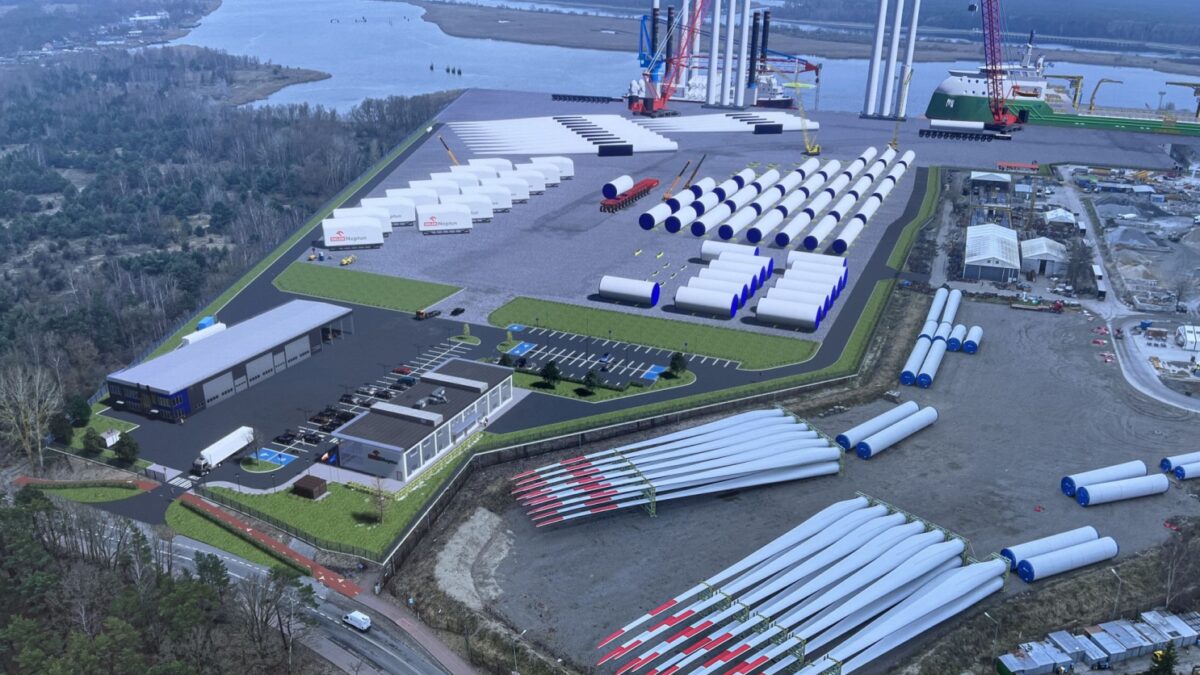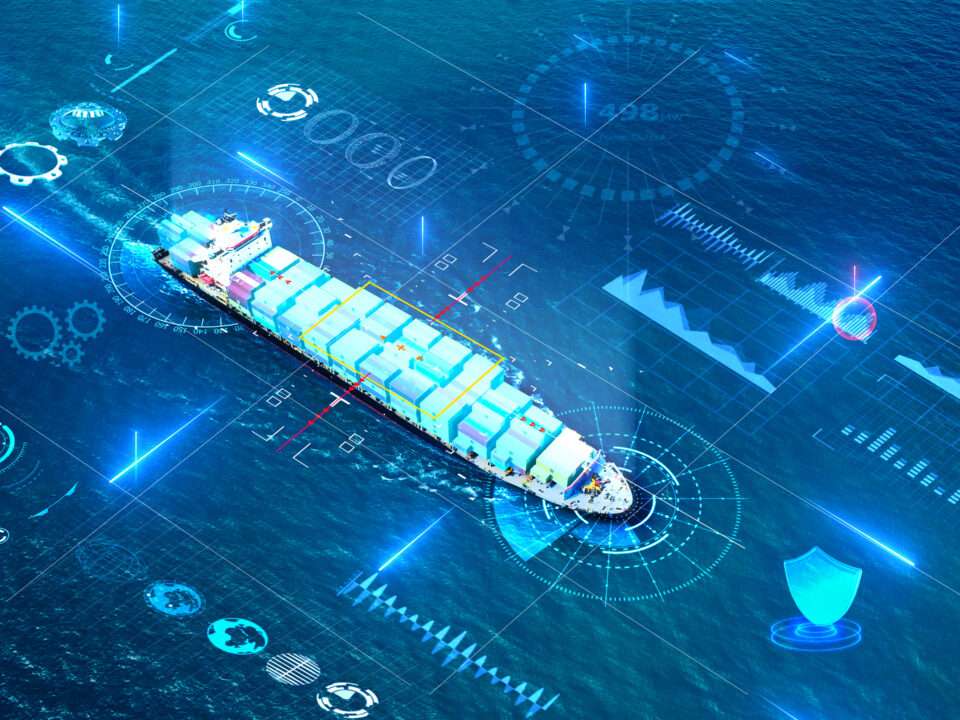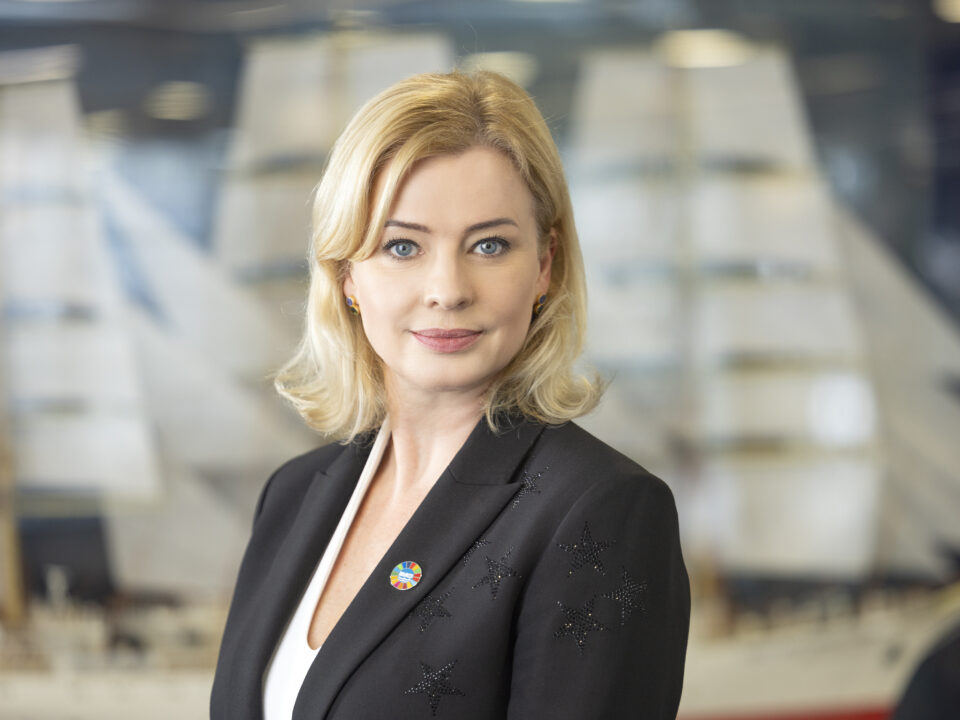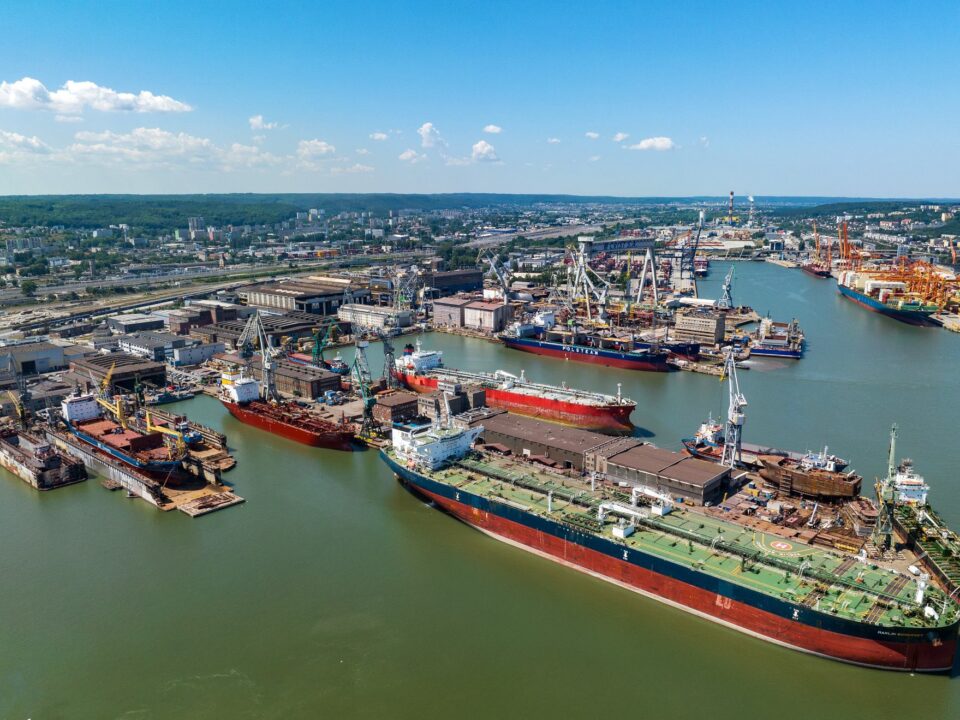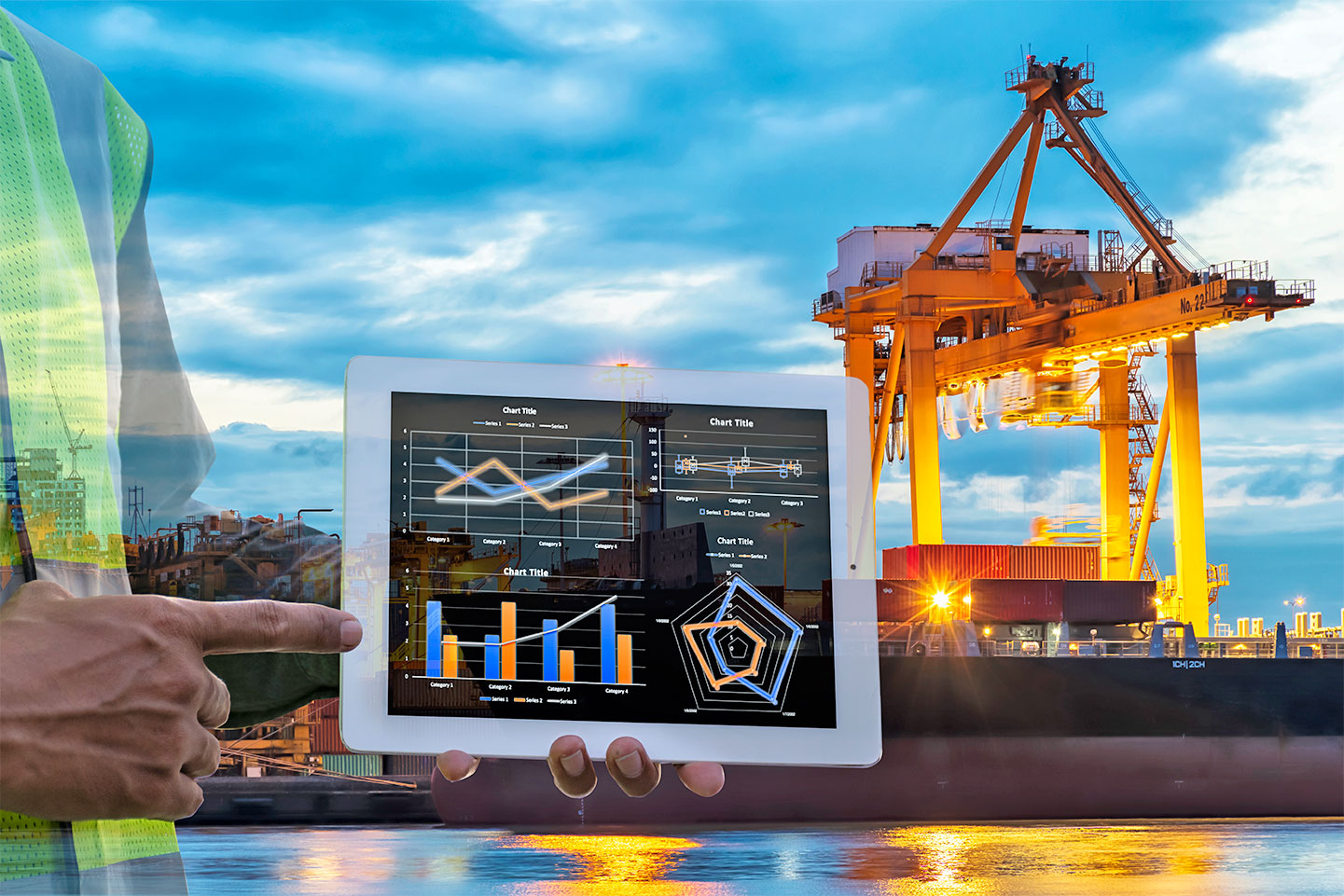
Artificial intelligence in the maritime economy
9 August 2023
Poor H1 results for container terminals
9 August 2023Preparations are underway for the construction of the first installation terminal for offshore wind farms in the Polish Baltic Sea. It will be built in Swinoujscie, with work starting later in 2023.
Orlen Neptun will be responsible for the onshore part of the work, while the hydrotechnical part, i.e., among other things, the expansion of quays, will be handled by the Szczecin and Swinoujscie Seaports Authority. The approximately 17-hectare site, which formerly housed the Gryfia shipyard, will be used for the storage of offshore wind turbine components such as towers, blades and nacelles, communications infrastructure and a new administration and office building, among other things. The completed terminal will become the site for the pre-assembly of wind turbine towers more than 100 meters high and weighing about 1,000 tons each, which are expected to arrive on site in specialized jackup vessels designed for the installation of turbines of 15 MW and above. The Orlen Group’s project will initially be used to install components of the Baltic Power offshore wind farm, followed by the group’s other investments in the Baltic.
The terminal is expected to be ready in late 2024-2025. In Phase I of the project, it will operate the Baltic Power farm, which will be built about 23 kilometers from the coast, at the level of Leba and Choczew, with a total capacity of 1140 MW (76 turbines on an area of about 130 km2). Construction will begin in 2024, and the first electricity will flow from it, according to the announcement, in 2026. As for Phase II, according to a May 30 decision by the Ministry of Infrastructure, Orlen has been awarded 5 new licenses, which will increase generation potential by about 5.2 GW.
There are plans to build at least one more installation terminal. Originally there was a reference to Gdynia, and then the decision was changed, and Gdansk was indicated. So when and where exactly will the installation terminal be built at the Port of Gdansk?
– On March 8, 2022, the Port of Gdansk Authority has announced proceedings for the selection of a lessee or lessees of the land that will be created as a result of covering with land of a sea area located within the area managed by the Port of Gdansk. The deadline for preliminary bids expired on November 30, while the deadline for submission of binding bids is September 29 this year. Due to the ongoing proceedings, until a future lessee is selected, it is not possible to determine the location of the future offshore terminal, the timing of commencement of the construction work, or the technical parameters – reports ZMPG.
Talks are also underway about service ports from which the offshore farms already in operation are to be serviced. Construction of service ports for 2 investors is to begin in Leba later this year. One of them is Orlen, which is cooperating with Northland Power on its projects to build the Baltic Power farm, and the other is Polenergia, which together with Norway’s Equinor will build 2 farms: MF Bałtyk II and MF Bałtyk III at a distance of 37 km (MF Bałtyk II) and 22 km from the shore (MF Bałtyk III).
Actually, the service port for the Baltic Power farm already has a general contractor, which is ERBUD. The base is assumed to dock 3-4 crew transport vessels, i.e. ships designed to transport service personnel, with each of them taking up to 24 engineers with equipment at a time.
Also in Ustka, service ports are to be built for 2 investors. The first will be built by PGE Baltica, which already owns the site, on the grounds of the former “Korab” Fishing and Fishery Services Company. Specialists will be on duty on site around the clock to monitor the operation of wind farms and the condition of equipment located offshore and onshore. The port will also provide technical and storage facilities for service crews. A Center of Competence for Offshore Wind Energy is also to be established at the service port, which will train specialists in the field and test and implement new technologies related to offshore wind energy.
Ustka as a location for its service port was also chosen by the German company RWE. The port will be used to service the FEW Baltic II farm with a capacity of 350 MW, to be built about 80 kilometers from the coast line.
In Wladyslawowo, an offshore service terminal has been planned at the port of the Szkuner company. The investor is Ocean Winds, which will build 2 wind farms, B-Wind and C-Wind, with a total capacity of 399 MW, 20 Mm from the shore. What could have been decisive in such a choice?
– Wladyslawowo is an unusually safe port. The nearby Cape Rozewie naturally shields us from the westerly and northwesterly winds prevailing in the region. Unlike ports situated at estuaries, our port doesn’t get silted up – explains Witold Wawrzonkoski, CEO of Szkuner.
Article developed with Namiary na Morze i Handel magazine
phot. Namiary na Morze i Handel magazine



